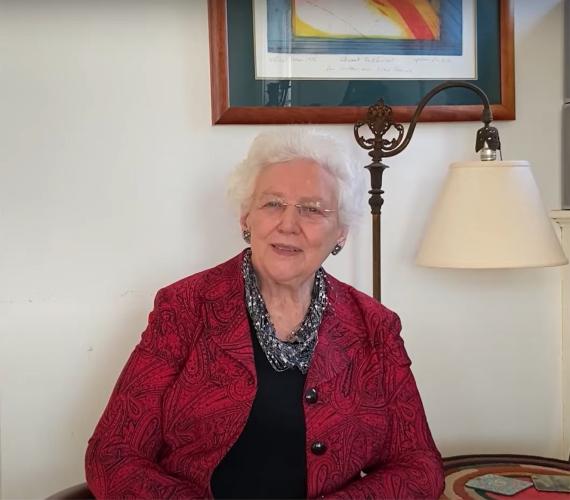Constance Werner Ramirez
Ph.D. CRP '75
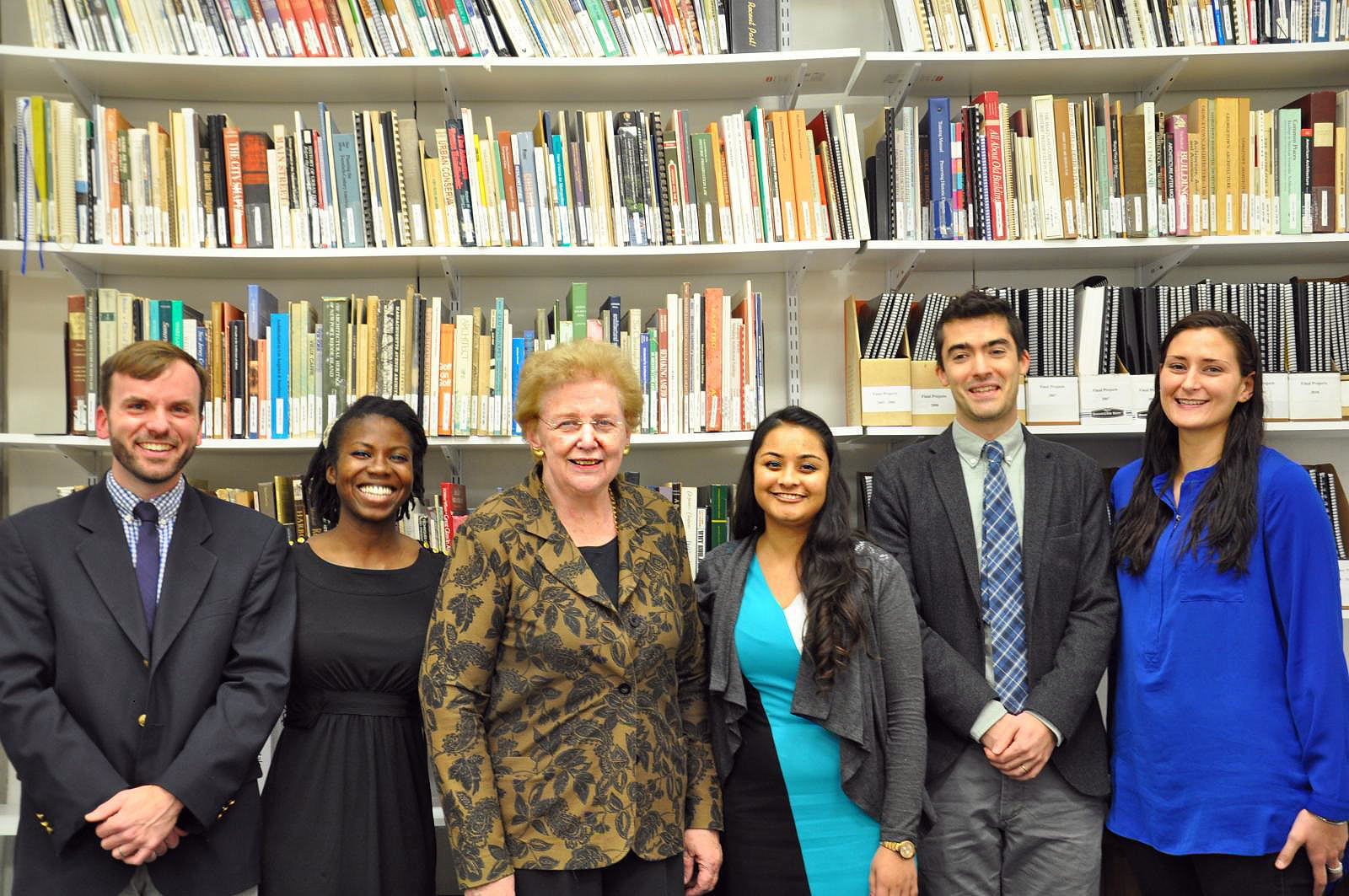
Constance W. Ramirez with students from her Historic Preservation Studio Workshop at the University of Maryland School of Architecture, Planning & Preservation.
Projects
Selected Works
Constance Werner Ramirez discusses the motivations behind her career in historic preservation, which earned her the Lifetime Achievement Award in 2020 from Historic Annapolis.

U.S. Department of the Interior National Park Service Cultural Resources, Cultural Resource Management 20, no. 13 (1997): cover.

C.W. Ramirez, "A Summary History of the Army's Preservation Program," Cultural Resource Management 20, no. 13 (1997): 6.
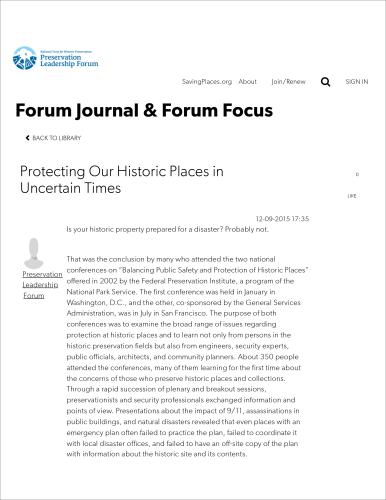
C.W. Ramirez, "Protecting Our Historic Places in Uncertain Times," Forum Journal 17, issue 3 (spring 2003).
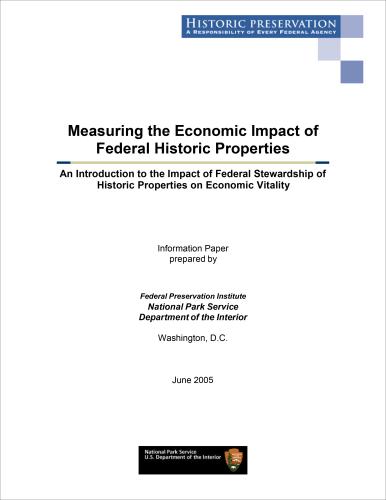
T.E. Kelly and C.W. Ramirez, "Measuring the Economic Impact of Federal Historic Properties" (June 2005).

Society for American Archaeology, The SAA Archeological Record 7, no. 4 (September 2007): cover.
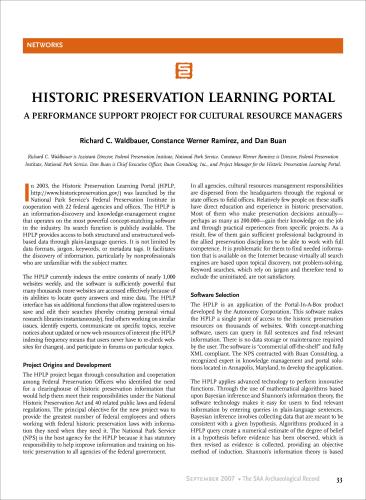
C.W. Ramirez, "Historic Preservation Learning Portal: A Performance Support Project For Cultural Resource Managers," The SAA Archeological Record 7, no. 4 (September 2007): 33; making the case for an innovative, user-friendly search tool that provided immediate access to preservation resources on thousands of websites.
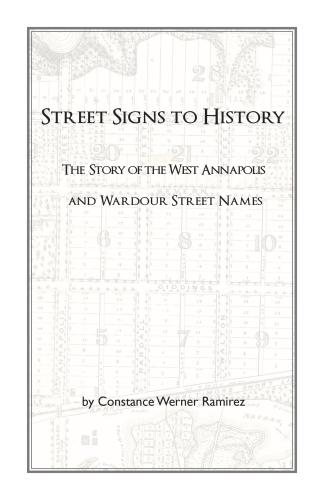
C.W. Ramirez, Street Signs to History: The Story of the West Annapolis and Wardour Street Names (2016), written pro bono for the West Annapolis Heritage Partnership as a community service.
Color: Lorem ipsum dolor sit amet, consectetur adipisicing elit. Distinctio, eveniet?

